A Traveler’s Guide to Winter vs. Summer in Iceland
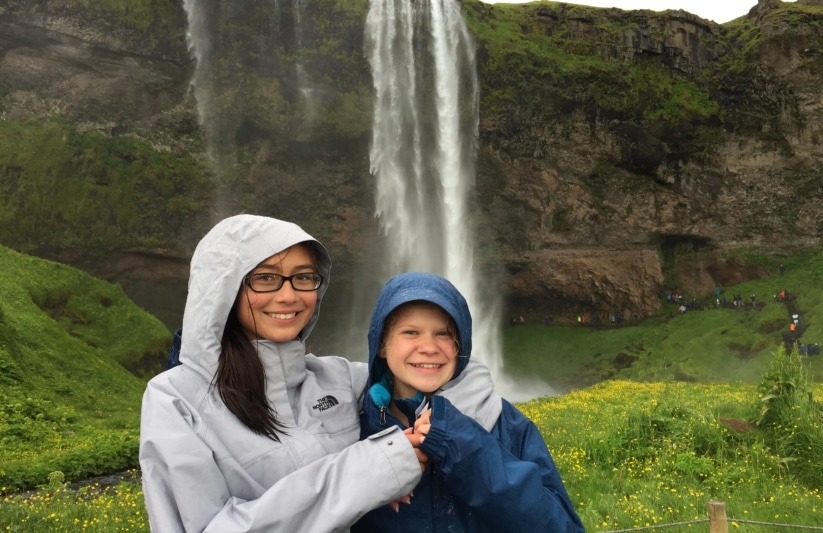
Looking for a new country to explore with beautiful landscapes and geological features? Consider an ACIS Iceland tour! Oftentimes known as “The Land of Fire and Ice,” Iceland has so much to offer to a new traveler. From volcanoes, to geysers and glaciers, beaches to lava fields, the country has countless fascinating sights.
So, where should you start? It’s important to note that your ACIS Iceland travel experience greatly differs depending on the time of year. While winter is better for exploring glaciers and potentially seeing the northern lights, summer is better for swimming in geothermal pools and going on long hikes through lava fields. I have had the opportunity to travel to Iceland in both the winter and summer, and here is what I learned about the differences between the seasons.
Discover ACIS Iceland Itineraries
Summer in Iceland
Summer is one of the most popular times to visit Iceland. This is partly because of the warmer weather, but also because of longer hours of daylight this time of year. Because of Iceland’s proximity to the Arctic Circle, there are oftentimes almost 24 straight hours of daylight in the summer. This means more time to explore the beautiful country!
One of the most popular spots in Iceland is the Blue Lagoon. This geothermal spa brings tourists from all around the world to enjoy the relaxing, naturally warmed waters and the views that come with it. Even though it us usually crowded, it is definitely worth a visit. While it is open all year round, I would definitely recommend paying a visit in the summer, so the slightly warmer air makes the experience more enjoyable.
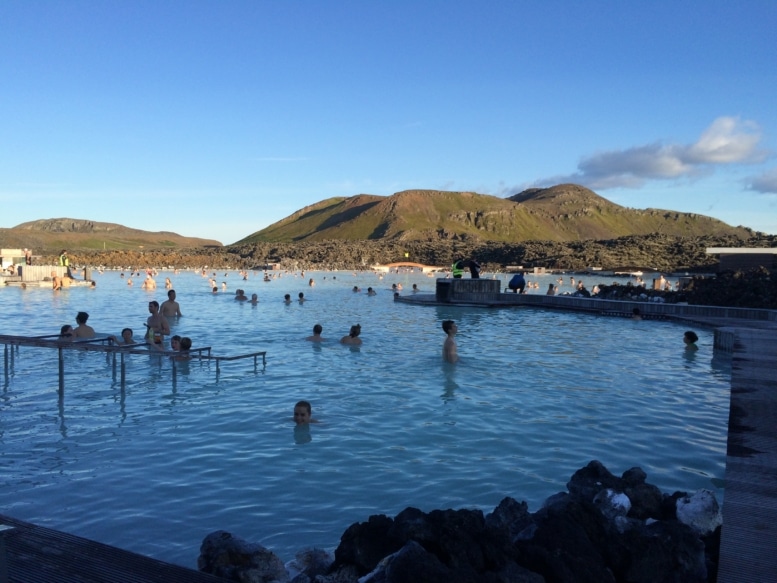
If you’re looking for an excuse to explore different areas of the country in an all encompassing tour, the Golden Circle Tour is perfect for you. Stops include some of Iceland’s most beautiful and popular tourist attractions: Gullfoss Watergall, Geysir Geothermal Area, and Þingvellir (Thingvellir) National Park. This is a great way to see many of the natural wonders and differing landscapes that make Iceland so special.
Explore the Golden Circle with ACIS Iceland
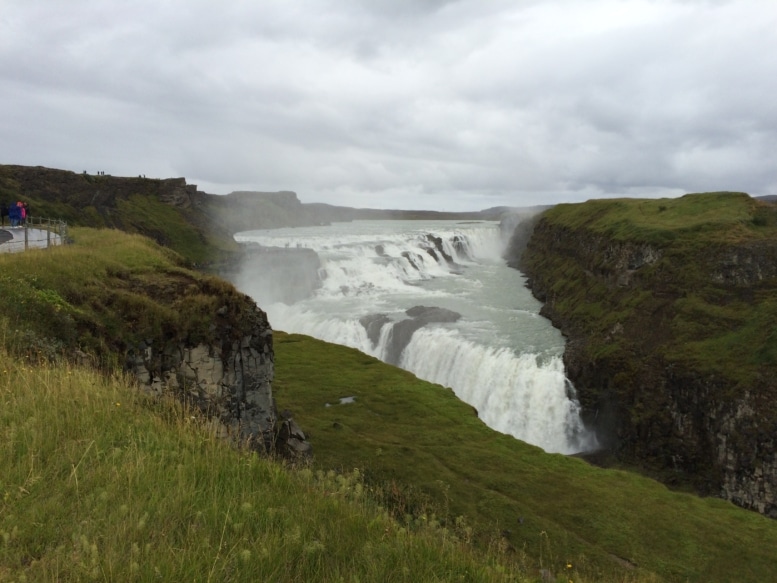
One of the hidden wonders of Iceland is the Westfjords region in the northwest of the country. This area has beautiful landscapes, little towns, and geothermal pools, all without a bustling crowd of tourists. Since the peninsula is located in the northern half of the country, it can get very cold in the summer. So, make sure to bundle up if you’re planning to visit this area. Since this region is surrounded by water, a possible excursion is kayaking in the arctic waters. You could even get lucky and spot some whales while out on the water!
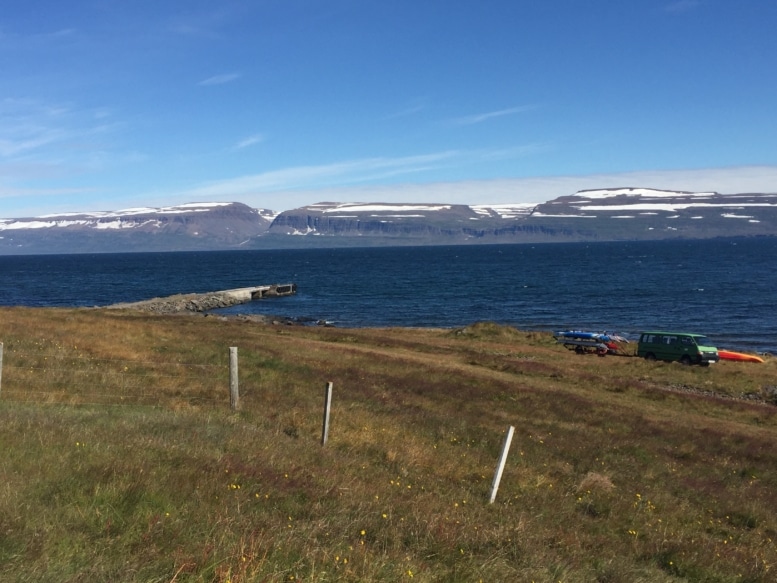
Winter in Iceland
Winter in Iceland is characterized by wind, snow, ice, frigid temperatures, but also the most beautiful landscapes in the world. If you’re planning a winter trip, make sure to pack tons and tons of layers – just one pair of pants isn’t going to cut it! While summer has extra hours of daylight, winter is just the opposite. Depending on the month, you can experience as little as four hours of daylight, meaning you have to closely plan your excursions. Because of the combination of the dark and the snowy roads, I would recommend having a native Icelander drive your group around in the rough conditions if you’re not on a preplanned ACIS tour.
Even though the winter has such extreme conditions, it is incredibly unique and absolutely worth a visit. Winter’s cold weather fills the country with magnificent glaciers, oftentimes spread across thousands of kilometers. These glaciers are a must see. Vatnajökull National Park is a great place to explore these natural wonders. Surrounded by waterfalls, mountain peaks, ice caves, and huge glaciers, this park has it all. If you’re feeling adventurous, you can go snowmobiling, hike on top of glaciers, or in ice caves. And if you want to take it easy, you can just stroll around the area while taking in the views.
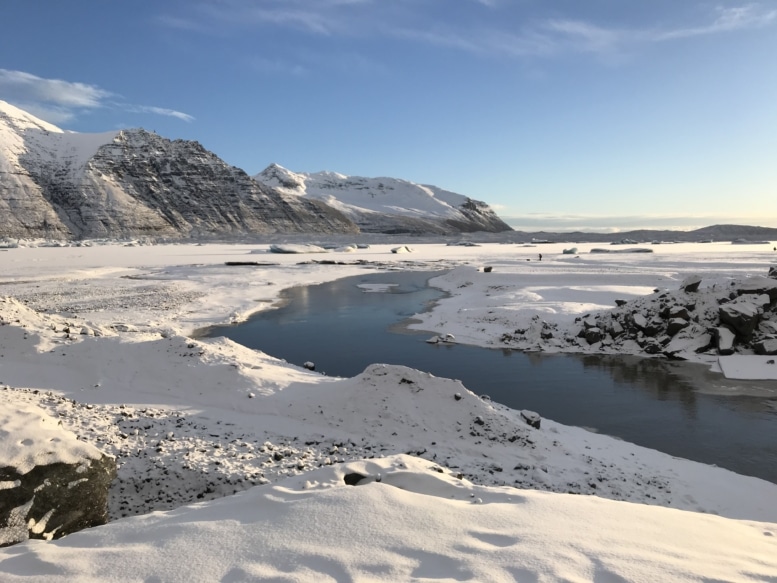
Including massive glaciers, Iceland’s south coast is characterized by black sand beaches. Vik is a seaside town, with one of the country’s incredibly popular beaches, defined by its sparkling black sand. In addition to the unique sand, there are basalt columns along the coast which are perfect to take a moment to hide from the heavy winds. Another black sand beach nearby is Diamond Beach. Similar to Vik, the shoreline is covered in sparkling black sand, but with the addition of huge ice crystals spreading all along the beach. This beach is truly a reason on its own to come to Iceland. The contrast of the dark sand with the bright white ice formations is something that can only be seen in a few places in the world and is absolutely worth the visit.

One thing that draws groups to an ACIS Iceland winter tour is the possibility of seeing the northern lights. A trip to Iceland does not guarantee a view of the northern lights. But with some planning, seeing these lights is possible. Under ideal conditions, the weather is clear and the sky is dark before being lit up with this light show.

So which way are you leaning? Winter or Summer? Regardless of the season, a trip to Iceland is always a good idea.


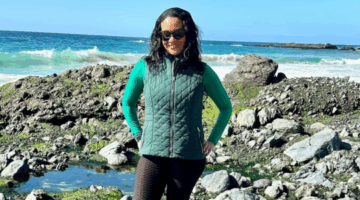








super helpful information!
Wow, this was definitely written by a super experienced traveler! I need to start planning a trip to Iceland!
what a great place to visit!
Sign me up!!
Helpful info. The contrast between black volcanic sand and pure white ice sounds unique.